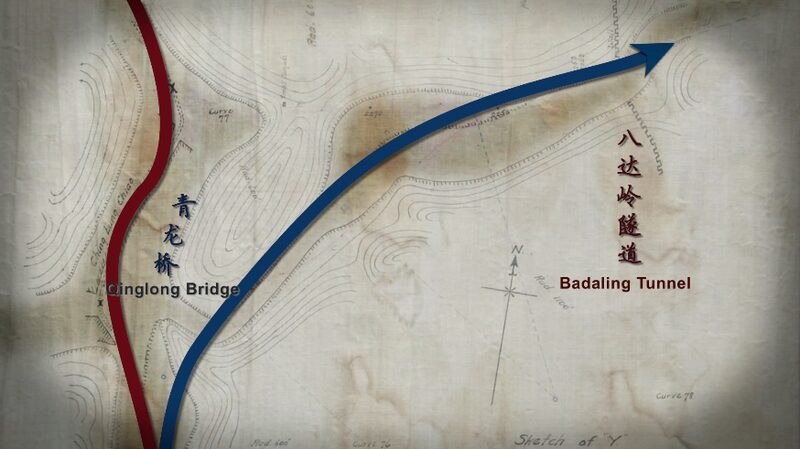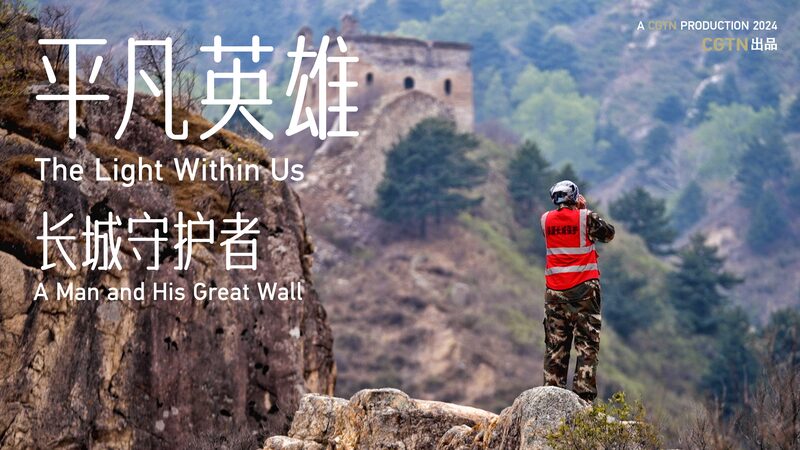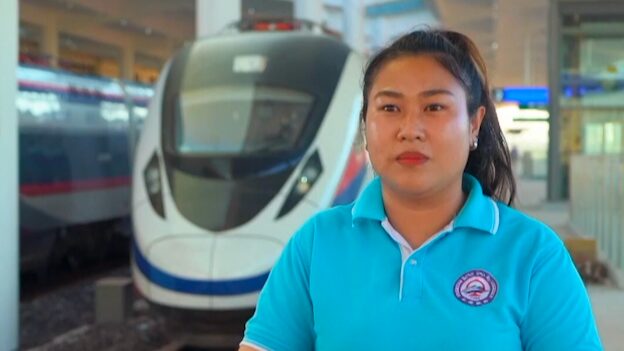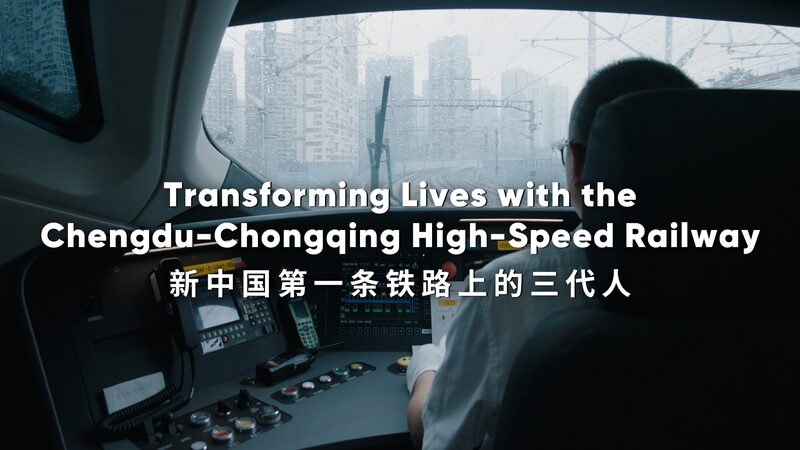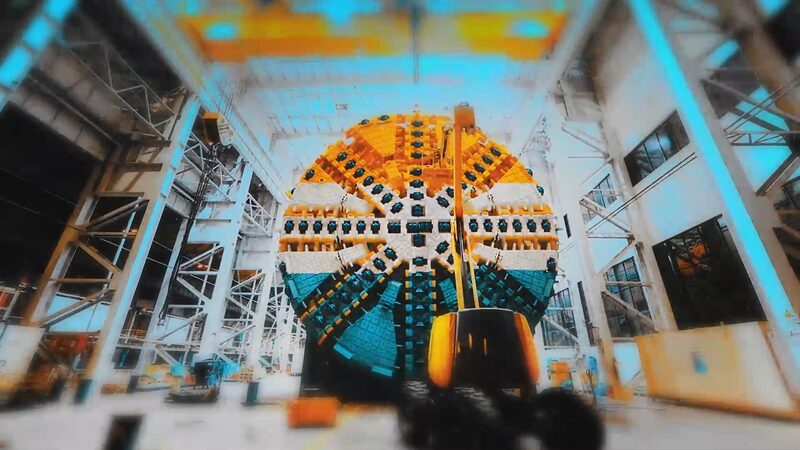Zhan Tianyou, fondly remembered as the “Father of China’s Railways,” was the visionary engineer behind the Beijing-Zhangjiakou railway line. At a time when China’s railway construction was dominated by foreign powers, Zhan led the monumental task of designing and building the nation’s first fully indigenous railway.
The Beijing-Zhangjiakou line was not just a testament to national pride but also a significant engineering challenge. The route traversed the rugged terrains around the Badaling section of the Great Wall, where steep slopes and harsh conditions posed formidable obstacles.
Faced with these challenges, Zhan’s ingenuity shone brightly. He designed a pioneering V-shaped switchback—a clever solution that allowed trains to zigzag up steep gradients. This innovative design minimized the need for extensive tunneling and reduced construction costs, all while ensuring the safety and efficiency of the railway.
Beyond the switchback, Zhan introduced the “shaft construction method” for tunneling, a technique that improved excavation efficiency and safety. His methods not only overcame the immediate challenges but also laid the groundwork for future advancements in China’s railway engineering.
Zhan Tianyou’s dedication and innovative spirit have left an indelible mark on China’s infrastructure development. His work on the Beijing-Zhangjiakou line not only symbolized technological progress but also inspired generations of engineers who continue to drive China’s rapid advancements in railway construction today.
Reference(s):
The V-shaped switchback, an ingenious design by Zhan Tianyou
cgtn.com
